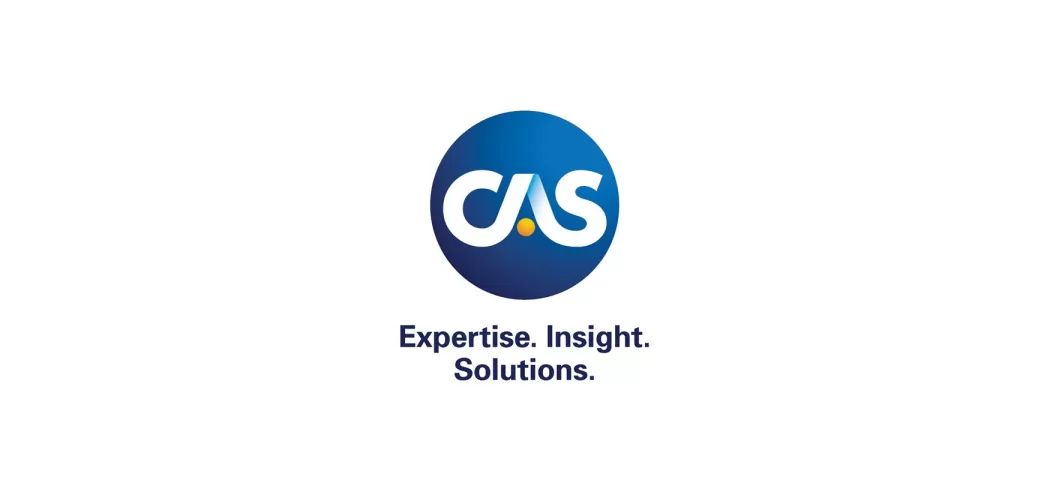United states has 2 Actuarial societies namely:
1. Casualty Actuarial Society (CAS)
2. Society of Actuaries (SOA)
Key distinction between CAS AND SOA
While this article is meant to explain Casualty Actuarial Society (CAS), the difference between SOA and CAS is relevant for study purposes. Non-life risks are dealt by Casualty Actuarial Society (CAS) whilst the Society of Actuaries (SOA) handles life risks. You definitely should go for Casualty Actuarial Society, if you look to specialize in P&C as SOA has also been expanding into non-life but CAS is recognised in a better way by employers
LET’S DELVE INTO CAS
The CAS is an international professional institute of actuarial studies, specializing in property and casualty insurance, reinsurance, enterprise risk management and finance.
Formation: 1914
Headquarters: Arlington Country, Virginia, USA
Members: over 8000 (2020)
President: Brian Brown (2020)
Website: https://www.casact.org/
EXAM PROCEDURE FOR CAS
Source: https://www.casact.org/admissions/process/
The exams can be taken in any order. There are no restrictions over it. The route in the above image is just a suggestion.
To become an Associate of Casualty Actuarial Society (ACAS), you are required to pass the following exams:
VALIDATION BY EDUCATIONAL EXPERIENCE (VEES)
| VEE-Corporate Finance |
| VEE-Economics |
ONLINE COURSES
| 1) Risk Management and Insurance Operations |
| 2) Insurance Accounting, Coverage Analysis, Insurance Law, and Insurance Regulation |
ASSOCIATESHIP EXAMINATIONS
| Exam 1: Probability |
| Exam 2: Financial Mathematics |
| Exam 3F: Financial Economics |
| Exam MAS-I: Modern Actuarial Statistics I |
| Exam MAS-II: Modern Actuarial Statistics II |
| Exam 5: Basic Techniques for Ratemaking and Estimating Claim Liabilities |
| Exam 6: Regulation and Financial Reporting (Nation Specific)- Actuarial Institute of Chinese Taipei- Canada- United States |
Further, to become a Fellow of Casualty Actuarial Society (FCAS) you are required to clear additional exams:
FELLOWSHIP EXAMINATIONS
| Exam 7: Estimation of Policy Liabilities, Insurance Company Valuation, and Enterprise Risk Management |
| Exam 8: Advanced Ratemaking |
| Exam 9: Financial Risk and Rate of Return |
Apart from being a fellow actuary, you can also have a CERA designation in CAS.
EXAM EXEMPTIONS in CAS US
There are actuarial exemptions in the CAS, if you have been associated with any other actuarial institute. Society of Actuaries, Canadian Institute of Actuaries, Actuaries Institute (Australia), Institute and Faculty of Actuaries, Actuarial Society of South Africa, Institute of Actuaries of India and China Association of Actuaries are confirmed but it’s not limited to it.
Standard Duration
CAS exams are time taking and it generally goes for nearly six to 10 years. This has been the case for a long time due to the institute’s history of difficult material that CAS provides which you need to study and the other reason is low passing rates of exams.
Note:
A number of the earlier exams are conducted jointly with the SOA, it helps if a candidate is confused between deciding the actuarial society. He/she can gain experience of the industry first and then can ultimately decide which associateship/fellowship he/she wants. One can take the fellowship of both SOA and CAS too but that’s rather rare.
You can explore to become an actuary form IFoA or IAI in the linked articles!
Additional Sources for CAS
- For VEES: https://www.casact.org/admissions/syllabus/index.cfm?fa=vee
- For online courses: https://www.casact.org/admissions/syllabus/?fa=online_course
- For syllabus: https://www.casact.org/admissions/syllabus/


Comments 3
Related Posts
Blog 84: BRK.B by Xavier Lo, FIA, FRM, MBABlog 83: VOO by Xavier Lo, FIA, FRM, MBABlog 82: 0005.HK HSBC by Xavier Lo, FIA, FRM, MBABlog 81: Value Investing by Xavier Lo, FIA, FRM, MBA
Pingback: 24 Proven Actuarial Exam Strategies - Part 1 • The Actuarial Club
Hi… Would like to know more insight of CAA ( certified Actuarial Analyst) if possible?
Hello Mahaveer, here’s the article on CAA. Feel free to provide feedback and if it was informative enough.
https://theactuarialclub.com/2020/07/10/becoming-a-certified-actuarial-analyst-caa-global/